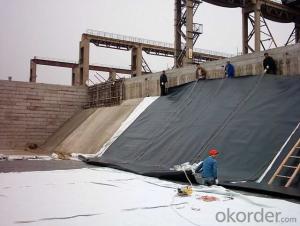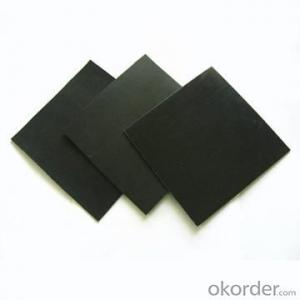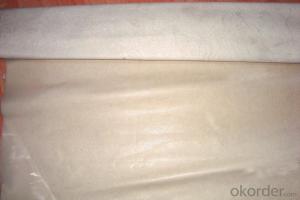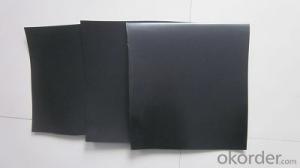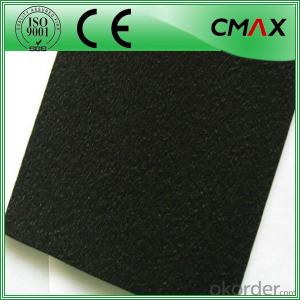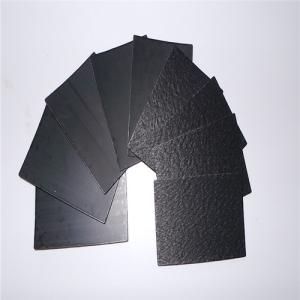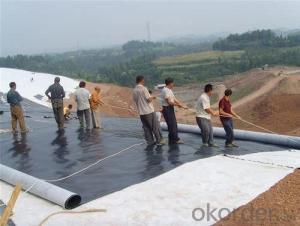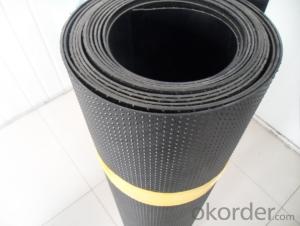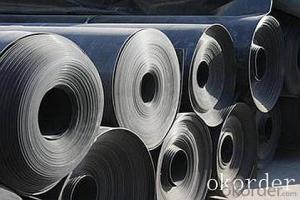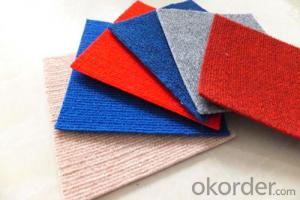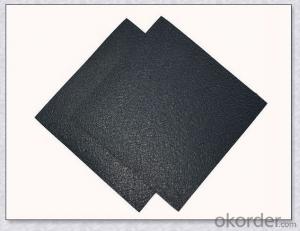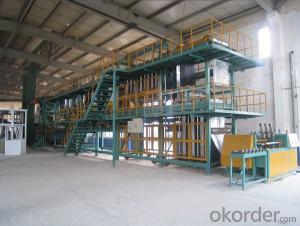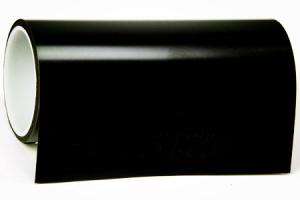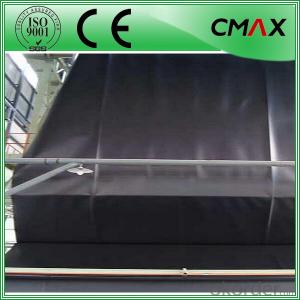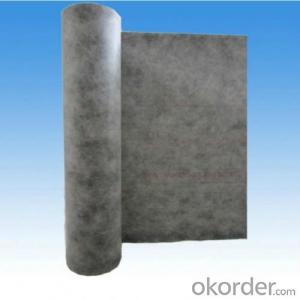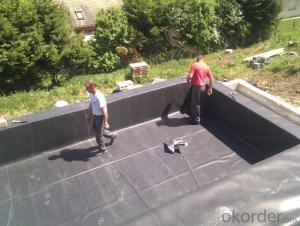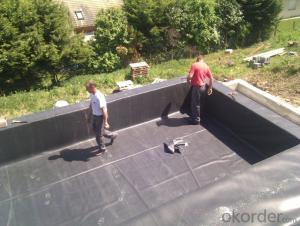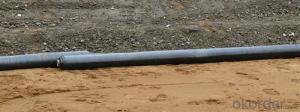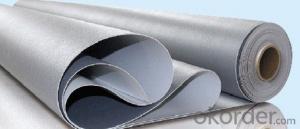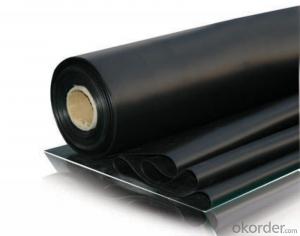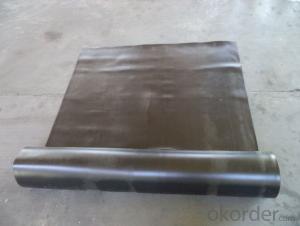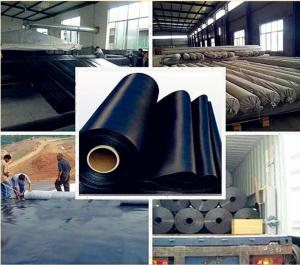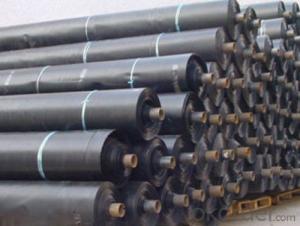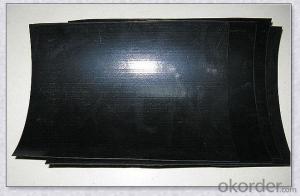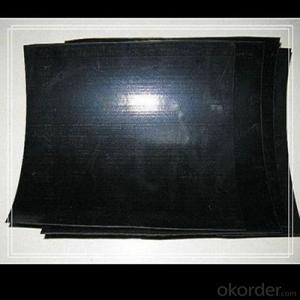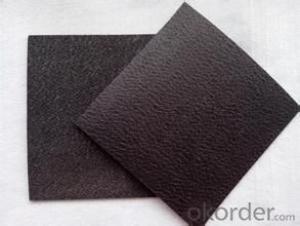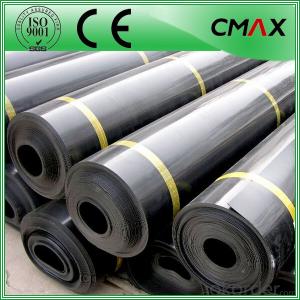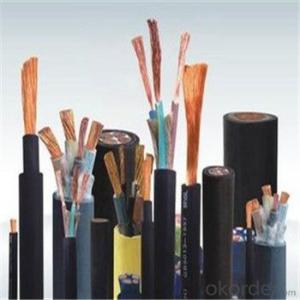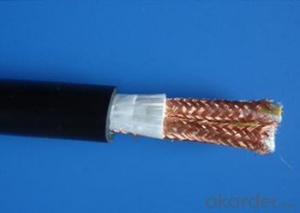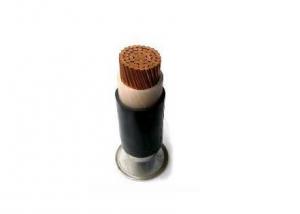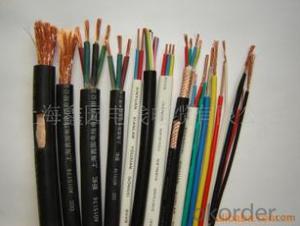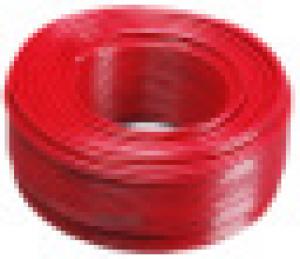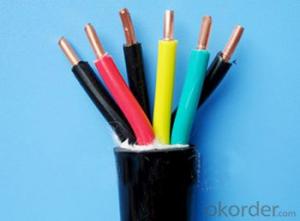Waterproofing Geomembrane Liner
Waterproofing Geomembrane Liner Related Searches
Impermeable Geomembrane Liner Liner Geomembrane Geomembrane Waterproofing Waterproof Geomembrane Geomembrane Pond Liner Geomembrane Liner Welding Pvc Geomembrane Liner Geomembrane Liner Landfill Bituminous Geomembrane Liner Geomembrane Liner Specification Geomembrane Liner Leak Detection Wholesale Liner Geomembrane Lldpe Geomembrane Liner Geomembrane Liner Supplier Geomembrane Liners Geomembrane Liner Price Geomembrane Liner Manufacturers 30 Mil Geomembrane Liner Geomembrane Liner Installers Rpp Geomembrane Liner Geomembrane Liner Cost Geomembrane Liner Companies Prefabricated Geomembrane Liners Geocomposite Liner Hdpe Geomembrane Pond Liner Geomembrane Lagoon Covers Permeable Geomembrane Geomembrane Impermeable Waterproof Membrane For Decks Paintable Waterproof MembraneWaterproofing Geomembrane Liner Supplier & Manufacturer from China
Waterproofing Geomembrane Liner is a type of flexible waterproofing material that is widely used in various construction and environmental projects. These liners are designed to provide a barrier against water, chemicals, and other contaminants, ensuring the integrity and safety of the structures they are used in. The product is made from high-quality materials such as HDPE, LDPE, and LLDPE, which are known for their durability and resistance to various environmental factors.The Waterproofing Geomembrane Liner finds its application in a multitude of scenarios, including landfills, reservoirs, ponds, canals, and other water storage facilities. It is also used in the construction of tunnels, subways, and other underground structures where water seepage is a concern. This product is highly effective in preventing the leakage of hazardous substances and maintaining the structural integrity of these facilities. Its usage ensures that the environment remains protected, and the infrastructure remains stable and secure.
Okorder.com is a reputable wholesale supplier of Waterproofing Geomembrane Liner, boasting a large inventory to cater to the diverse needs of clients across different industries. The company prides itself on offering high-quality products at competitive prices, ensuring that customers receive the best value for their investment. With a commitment to excellence and customer satisfaction, Okorder.com has established itself as a trusted source for Waterproofing Geomembrane Liner and other related products in the market.
Hot Products
